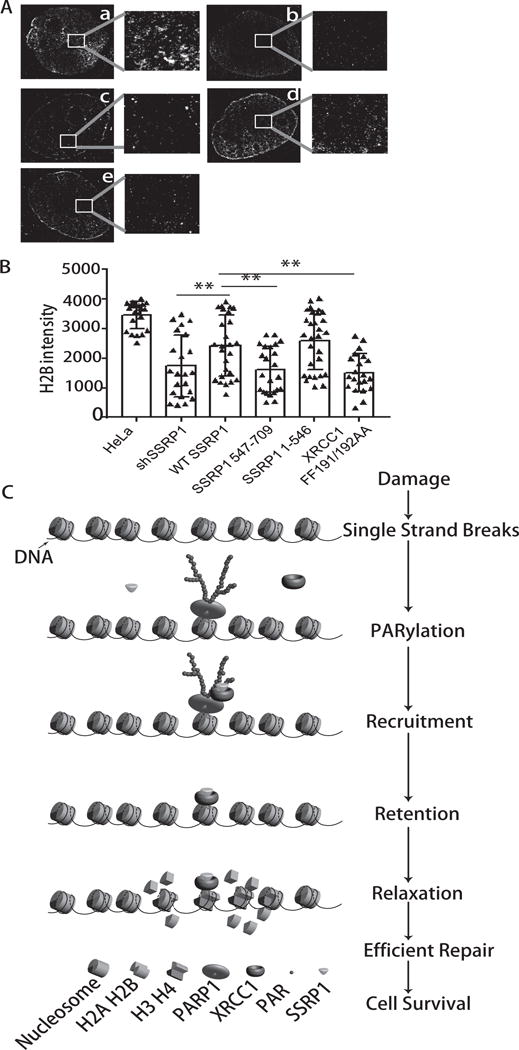Figure 7. A model of how FACT functions in repair of DNA strand breaks.

A and B. Images and intensity of H2B in HeLa cells or shSSRP1 HeLa cells were co-expressed with cherry-H2B with genes indicated. A) STORM images of cherry-H2B in below cells: a. HeLa; b. shSSRP1 HeLa; c. shSSRP1 expressing 547-709 a.a. SSRP1; d. shSSRP1 expressing 1–546 a.a. SSRP1; e. HeLa expressing FF191/192AA XRCC1. B) The representative H2B intensity was measured in images taken by confocal microscopy. Error bars are derived from SEMs in 20 cells. C. PARP activation facilitates the recruitment of FACT to sites of SSBs. Though PAR is quickly degraded, FACT remains at damage sites together with XRCC1 through a physical interaction in SSBR. The function of FACT at strand breaks is to facilitate histone exchange at damage sites and to decondense chromatin, thereby facilitating efficient DNA SSB repair.
